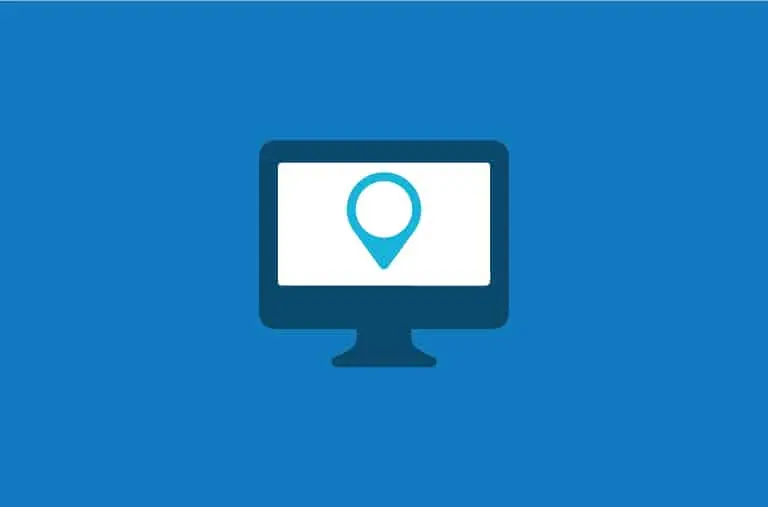Are you confused with all the terminology for software implementation, like SaaS Cloud or On-premise? Or what’s the difference between some terms like Saas vs Cloud, or Saas vs On-Premise?
If you are considering a CRM or any software implementation, it is important to understand the types of deployments and which one is right for you. The acronyms and technical language can get very confusing. This article will explain the different terms, how they relate to each other, and the pros and cons of each option.
Defining the Terminology
Traditionally, software applications have two types of deployment options. You can have the software on your servers (at your location) or access your data hosted by the CRM vendor or a 3rd party data center (at their location).
Many of these confusing terms are interchangeable and fall within those two types of deployments. We will refer to the categories as “On-Premise” and “Cloud Services.”
Software on Your Local Servers – “On-Premise”
- On-premise
- On-prem
- Premise
- Premise software
Software Hosted at a Vendor or 3rd Party Site – “Cloud Services”
- Software as a Service (SaaS)
- SaaS cloud
- Cloud-based
- Cloud applications
- Hybrid cloud
- Hosting
- Private Cloud
- Hosting in the cloud
- Hosted software
On-Premise Overview
When you choose to install the software at your location, the most common term is “on-premise” or “on-prem” for short. Less than 20 years ago, this was the only option.
For on-prem, you were given specs on what hardware was required, how much memory, etc. The hardware required specification configurations to run the software. And on top of that, you needed IT people to support both the hardware and the software, which got very expensive!
Then, a few years later, software vendors and 3rd party data centers started ‘hosting’ as an alternative. Even though the server hardware prices were becoming more affordable, it was still costly, plus you still needed the personnel.
Companies agreed that it seemed a more affordable option. However, they feared their data was not secure. It took several years for people to trust cloud offerings. As the SaaS model grows, most people should be comfortable with either option if their data center has all the security requirements.
Benefits of On-Premise
- You are in control of your data’s security. If you aren’t comfortable relying on the security of where your information is stored, this may be your best option.
- Your IT team is in charge of your data. This may be a good option if you are more comfortable with your employees managing your data. Or if your CRM vendor or their partners need to make changes to your system, you might get a quicker response time with your team handling the requests.
- On-Prem is the less expensive option long-term. With on-prem, you purchase the licenses and pay annual maintenance fees. If the software is something you will use long-term, buying it may be more cost-effective than renting it.
Cloud Services
Cloud Services are a subset of Hosted Services, such as Software as a Service (SaaS), Infrastructure as a Service (IaaS), and Platform as a Service (PaaS). SaaS is a software delivery model in which a third-party provider hosts application software and databases.
This information is available to customers via a web browser. The software is licensed on a subscription basis and centrally hosted. It is commonly referred to as “On-Demand Software.”
Simply put, cloud computing delivers computing services through an internet connection (“the cloud”). These services include servers, storage, databases, networking, software, and analytics. One of the most common uses (services) of cloud computing is providing access to software such as CRM as a SaaS model.
Benefits of Cloud Services
- Cloud Services have no significant upfront cost. Cloud computing eliminates the capital expense of buying hardware and software. And the need for setting up and running on-site data centers.
- Speed – Most cloud infrastructure services are on-demand.
- Flexibility & Scalability – SaaS offers computing power, data storage, and bandwidth when needed.
- Less internal IT resources needed – If your software is user-friendly and the Saas vendor offers services included in their monthly fees, you won’t need additional resources or cloud storage.
- Reliability – Cloud computing makes data backup, disaster recovery, and business continuity more accessible and less expensive. Data can be mirrored at multiple redundant cloud provider network sites.
Conclusion
There are benefits to both on-prem and cloud software. If you are in a high-security risk industry and aren’t comfortable outsourcing to a 3rd party, you may want to consider having your software locally on your servers. However, cloud-hosted options are very reliable, scalable, and affordable out of the box.
It would help to consider what your company needs and what your software vendor offers. If you still have questions about Customer Relationship Management (CRM) or any business applications, we’d love to help. Give us a call at 972.304.7111.







